Study on the Pharmacological Material Basis and Mechanism of Action of Yangwei Qingre Huayu Decoction in the Treatment of Chronic Atrophic Gastritis Based on LC-MS and Network Pharmacology
DOI: 10.23977/medcm.2024.060318 | Downloads: 14 | Views: 974
Author(s)
Mengmeng Ye 1, Xinli Wen 1, Jingyi Bai 2
Affiliation(s)
1 Shaanxi University of Chinese Medicine, Xianyang, Shaanxi, 712046, China
2 Shaanxi Provincial Hospital of Chinese Medicine, Xi'an, Shaanxi, 710003, China
Corresponding Author
Xinli WenABSTRACT
In order to investigate the bioactive substances and potential mechanisms of action of Yangwei Qingre Huayu Decoction (YQHD) in the treatment of chronic atrophic gastritis (CAG) using ultra-high-performance liquid chromatography coupled with quadrupole high-resolution mass spectrometry (UHPLC-Q-Exactive-MS/MS) combined with network pharmacology methods. UHPLC-Q-Exactive-MS/MS was used to obtain total ion chromatograms of the YQHD aqueous extract under different ion modes. The chemical constituents of the extract were rapidly identified, and potential active components were determined through literature review and database searches. Based on network pharmacology, a network of key components and critical targets was constructed. Gene ontology (GO) and Kyoto Encyclopedia of Genes and Genomes (KEGG) analyses were performed to identify key signaling pathways and targets. Resultly, a total of 162 active components were identified in YQHD, including salvianolic acids, ursolic acid, and tetrahydropalmatine. GO and KEGG analyses revealed core targets such as tumor protein P53 (TP53), heat shock protein HSP90AA1, and signal transducer and activator of transcription 3 (STAT3). Key pathways included the TNF signaling pathway and proteoglycans in cancer. In conclusion, the results suggest that YQHD may exert therapeutic effects on CAG through multi-component, multi-target, and multi-pathway mechanisms, providing scientific support for its further clinical application.
KEYWORDS
Yangwei Qingre Huayu Decoction (YQHD); Chronic Atrophic Gastritis (CAG); UHPLC-Q Exactive Focus MS/MS; Network PharmacologyCITE THIS PAPER
Mengmeng Ye, Xinli Wen, Jingyi Bai, Study on the Pharmacological Material Basis and Mechanism of Action of Yangwei Qingre Huayu Decoction in the Treatment of Chronic Atrophic Gastritis Based on LC-MS and Network Pharmacology. MEDS Chinese Medicine (2024) Vol. 6: 124-135. DOI: http://dx.doi.org/10.23977/medcm.2024.060318.
REFERENCES
[1] Li JX, Chen J, Lü B, Wang YG. Consensus on Integrated Traditional Chinese and Western Medicine Diagnosis and Treatment of Chronic Atrophic Gastritis (2017) [J]. Chinese Journal of Integrated Traditional Chinese and Western Medicine on Digestion, 2018, 26(02): 121-131.
[2] Correa P. Human gastric carcinogenesis: a multistep and multifactorial process--First American Cancer Society Award Lecture on Cancer Epidemiology and Prevention.[J]. Cancer research, 1992, 52(24):6735-6740.
[3] Fang JY, Du YQ, Liu WZ, et al. Guidelines for the Diagnosis and Treatment of Chronic Gastritis in China (2022, Shanghai) [J]. Gastroenterology, 2022, 27(04): 193-224.
[4] Wei W, Yang Y. Current status of diagnosis and treatment of chronic atrophic gastritis and the advantages of traditional Chinese medicine therapy [J]. Journal of Traditional Chinese Medicine, 2016, 57(01): 36-40. DOI: 10.13288/j. 11-2166/r.2016.01.010.
[5] Ru JL, Li P, Wang JN, et al. TCMSP: A sdatabase of systems pharmacology for drug discovery from herbal medicines [J]. J Cheminform, 2014, 6: 13.
[6] Pan HQ, Yu M, Sang XS. Further discussion on TCM etiology and pathogenesis of chronic atrophic gastritis [J]. Journal of Traditional Chinese Medicine, 2021, 49(11): 5-8.
[7] Kou Y, Wen XL, Xue F. Clinical study on Yangwei Qingre Huayu Decoction in the treatment of chronic atrophic gastritis and precancerous lesions [J]. Shaanxi Journal of Traditional Chinese Medicine, 2021, 42(09): 1233-1235+1298.
[8] Kuang ZA, Dong JW, Sun CC, et al. Study on anti-tumor immune effect of salvianolic acid B targeting USP2 to downregulate PD-L1 expression [J]. Acta Pharmaceutica Sinica, 2023, 58(04): 954-962. DOI: 10.16438/j.0513-4870.2023-0027.
[9] Zhang J, Liu FJ, Zhang X. Inhibition of proliferation of SGC7901 and BGC823 human gastric cancer cells by ursolic acid occurs through a caspase-dependent apoptotic pathway [J]. Medical Science Monitor: International Medical Journal of Experimental and Clinical Research, 2019.
[10] Jong Yeong Lee, Jin Kyeong Choi, Na-Hee Jeong, et al. Anti-inflammatory effects of ursolic acid-3-acetate on human synovial fibroblasts and a murine model of rheumatoid arthritis[J]. International Immunopharmacology, 2017, 49:118-125.
[11] Feng ZL, Zhao ZD, Liu JX. Progress in research on chemical components and pharmacological activities of Corydalis yanhusuo [J]. Natural Product Research and Development, 2018, 30(11): 2000-2008. DOI: 10.16333/j.1001-6880.2018.11.024.
[12] Zhao J. Study on the effects and mechanism of simulated microgravity and tetrahydropalmatine on the apoptosis of U251MG malignant glioma cells [D]. Fourth Military Medical University, 2016.
[13] Sun Q, Lu NN, Feng L. Apigetrin inhibits gastric cancer progression through inducing apoptosis and regulating ROS-modulated STAT3/JAK2 pathway [J]. Biochem Biophys Res Commun, 2018, 498(1): 164-170.
[14] Song HP, Hou XQ, Li RY, et al. Atractylenolide I stimulates intestinal epithelial repair through polyamine-mediated Ca2+ signaling pathway [J]. Phytomedicine, 2017; 28: 27-35.
[15] Zhu SS, Lu LS, Bi LW, Qin F, Li J. Study on the effects of quercetin on gastric cancer cell proliferation and apoptosis [J]. Strait Pharmaceutical Journal, 2021, 33(11): 14-17.
[16] Jiang L, Liu DN. Isoliquiritigenin reduces cisplatin resistance in gastric cancer cells by inhibiting the PI3K/PKB pathway [J]. Journal of Molecular Diagnostics and Therapy, 2022, 14(07): 1094-1098+1103.
[17] Yuan Guorong, Yuan Jian, Zhu Yingjie. Inhibitory Effect and Mechanism of Ginsenoside-Rg3 on Subcutaneous Transplanted Tumor of Human Gastric Adenocarcinoma BGC-823 Cells [J]. Chinese Archives of Traditional Chinese Medicine, 2022, 40(7):168-172+I0028, I0029.
[18] Kalliolias GD, Ivashkiv LB. TNF biology, pathogenic mechanisms, and emerging therapeutic strategies [J]. Nat Rev Rheumatol, 2016, 12(1): 49-62.
[19] Sahgal P, Huffman BM, Patil DT, et al. Early TP53 alterations shape gastric and esophageal cancer development [J]. Cancers (Basel), 2021, 13(23): 5915.
[20] Jiang CY. Experimental study on HSP90AA1 and its inhibitors in influencing the proliferation and migration of gastric malignant tumors [D]. China Medical University, 2022. DOI: 10.27652/d.cnki.gzyku.2021.000887.
[21] Liu Jiao, Yu Zhiliang, Zhang Ning, et al. Effects of Different Frequency Mild Moxibustion on Blood Lipid and Contents of TNF-α, MCP-1 and ICAM-1 in Rabbits with Atherosclerosis [J]. Liaoning Journal of Traditional Chinese Medicine, 2023, 50(3):199-203+I0004.
[22] Zhang R. Research progress on the inhibition of the AGEs-RAGE system by traditional Chinese medicine in the treatment of diabetic vascular complications [J]. China & Foreign Medical Treatment, 2011, 30(30): 185.
| Downloads: | 8961 |
|---|---|
| Visits: | 572021 |
Sponsors, Associates, and Links
-
MEDS Clinical Medicine
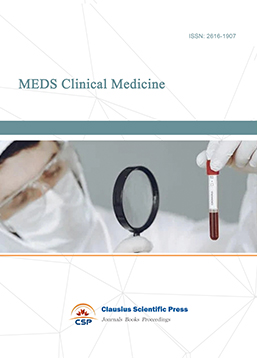
-
Journal of Neurobiology and Genetics
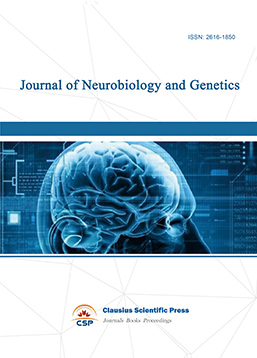
-
Medical Imaging and Nuclear Medicine
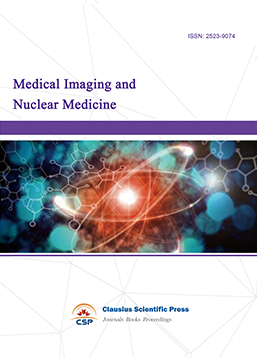
-
Bacterial Genetics and Ecology
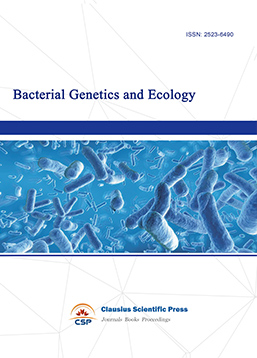
-
Transactions on Cancer
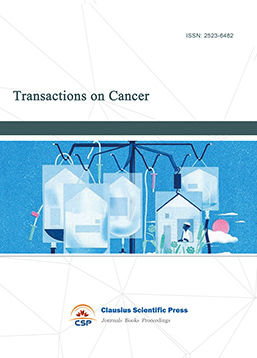
-
Journal of Biophysics and Ecology
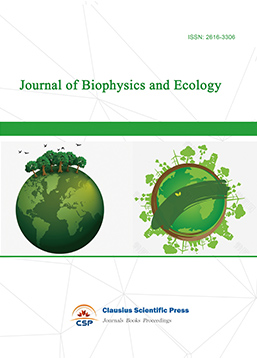
-
Journal of Animal Science and Veterinary
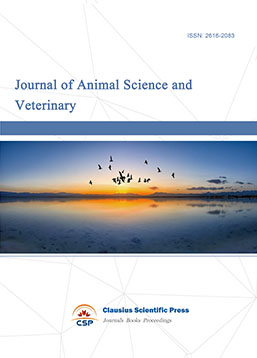
-
Academic Journal of Biochemistry and Molecular Biology
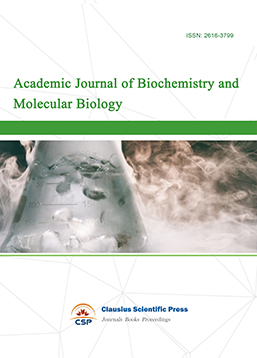
-
Transactions on Cell and Developmental Biology
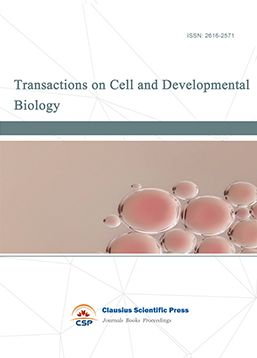
-
Rehabilitation Engineering & Assistive Technology
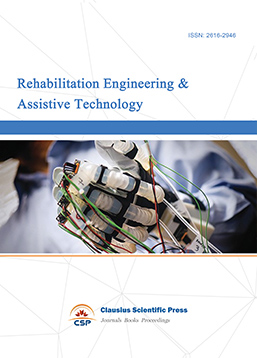
-
Orthopaedics and Sports Medicine
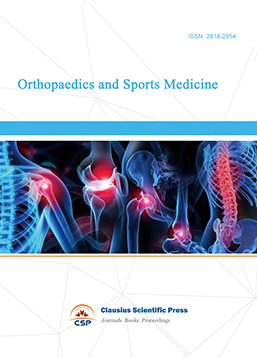
-
Hematology and Stem Cell
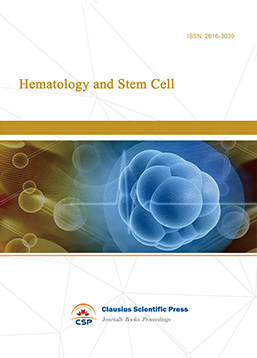
-
Journal of Intelligent Informatics and Biomedical Engineering
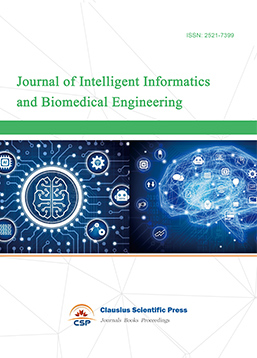
-
MEDS Basic Medicine
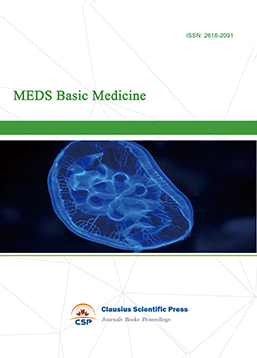
-
MEDS Stomatology
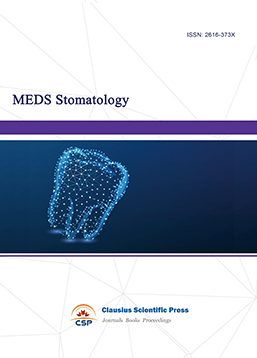
-
MEDS Public Health and Preventive Medicine
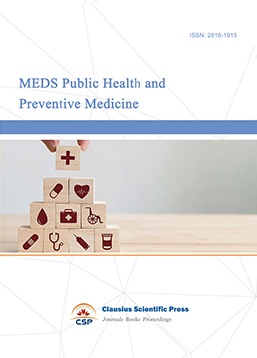
-
Journal of Enzyme Engineering
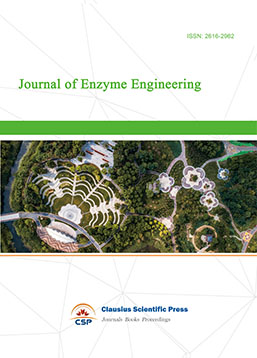
-
Advances in Industrial Pharmacy and Pharmaceutical Sciences
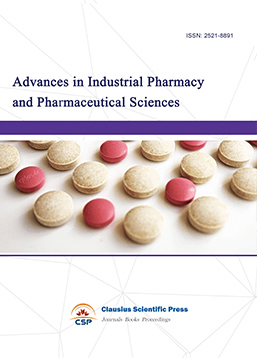
-
Bacteriology and Microbiology
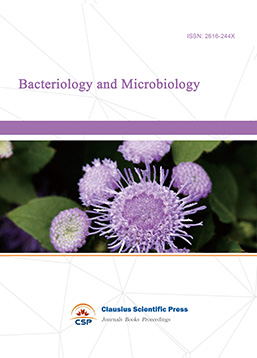
-
Advances in Physiology and Pathophysiology
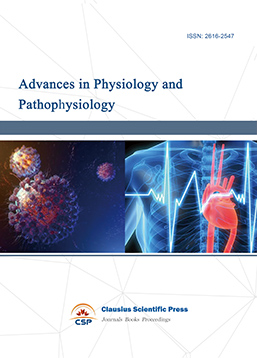
-
Journal of Vision and Ophthalmology
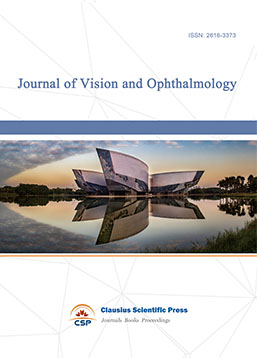
-
Frontiers of Obstetrics and Gynecology
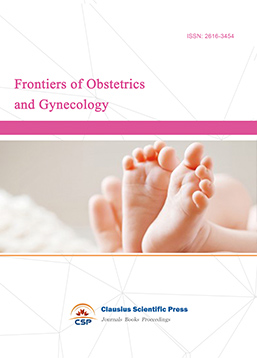
-
Digestive Disease and Diabetes
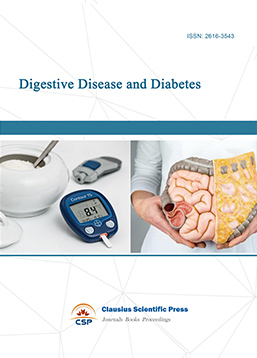
-
Advances in Immunology and Vaccines
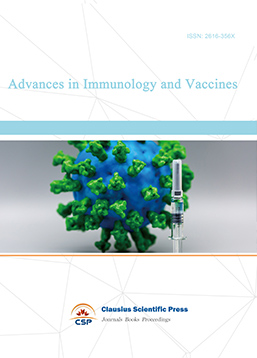
-
Nanomedicine and Drug Delivery
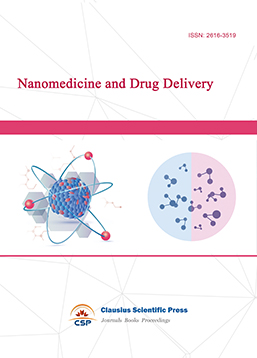
-
Cardiology and Vascular System
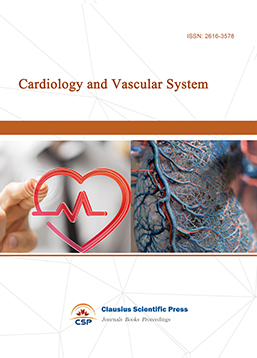
-
Pediatrics and Child Health
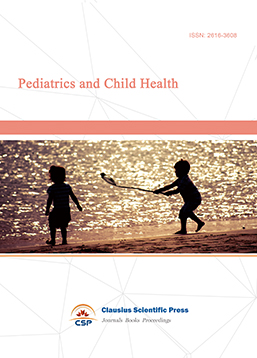
-
Journal of Reproductive Medicine and Contraception
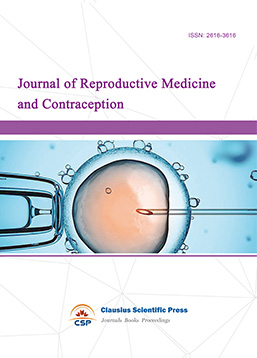
-
Journal of Respiratory and Lung Disease
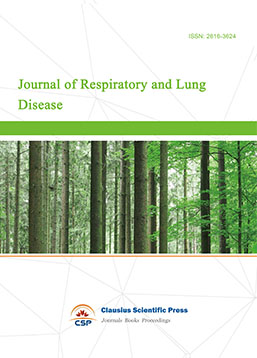
-
Journal of Bioinformatics and Biomedicine
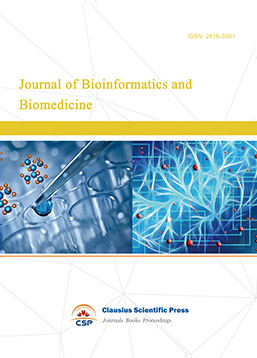

 Download as PDF
Download as PDF